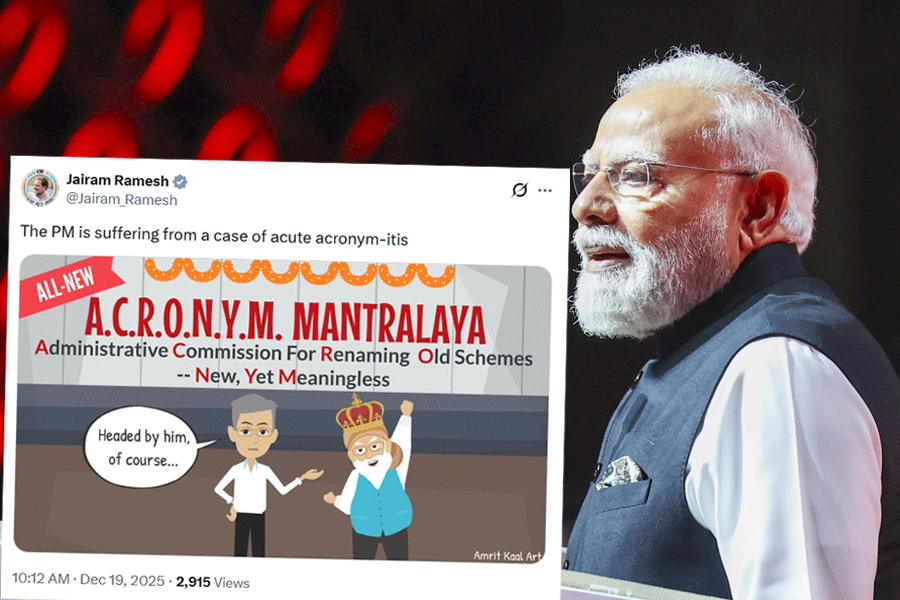ISRO successfully conducted the Reusable Launch Vehicle Autonomous Landing Mission (RLV LEX) on Sunday.
The test was conducted at the Aeronautical Test Range (ATR) in Chitradurga, Karnataka, the Bengaluru-headquartered national space agency said. ISRO conducted the experiment in collaboration with the Air Force and Defence Space Research Organisation early today as reported by PTI.
The autonomous landing was carried out under the exact conditions of a Space Re-entry vehicle's landing-high speed, unmanned, precise landing from the same return path as if the vehicle arrives from space. Landing parameters such as Ground relative velocity, the sink rate of Landing Gears, and precise body rates, as might be experienced by an orbital re-entry space vehicle in its return path, were achieved.
The RLV LEX demanded several state-of-the-art technologies including accurate Navigation hardware and software, Pseudolite system, Ka-band Radar Altimeter, NavIC receiver, indigenous Landing Gear, Aerofoil honey-comb fins and brake parachute system.
In a first in the world, a winged body has been carried to an altitude of 4.5 km by a helicopter and released for carrying out an autonomous landing on a runway. RLV is essentially a space plane with a low lift to drag ratio requiring an approach at high glide angles that necessitated a landing at high velocities of 350 kmph.
LEX utilized several indigenous systems. Localized Navigation systems based on pseudolite systems, instrumentation, sensor systems, etc. were developed by ISRO. Adaptation of contemporary technologies developed for RLV LEX turns other operational launch vehicles of ISRO more cost-effective.
ISRO had demonstrated the re-entry of its winged vehicle RLV-TD in the HEX mission in May 2016. The re-entry of a hypersonic sub-orbital vehicle marked a major accomplishment in developing Reusable Launch Vehicles. In HEX, the vehicle landed on a hypothetical runway over the Bay of Bengal. Precise landing on a runway was an aspect not included in the HEX mission.
The LEX mission achieved the final approach phase that coincided with the re-entry return flight path exhibiting an autonomous, high-speed (350 kmph) landing. The LEX began with an Integrated Navigation test in 2019 and followed multiple Engineering Model Trials and Captive Phase tests in subsequent years.
Along with ISRO, IAF, CEMILAC, ADE, and ADRDE contributed to this test. The IAF team hand in hand with the Project team and multiple sorties were conducted to perfect the achievement of release conditions. Dr S Unnikrishnan Nair, Director, VSSC, and Shri Shyam Mohan N, Programme Director, ATSP guided the teams.
Dr Jayakumar M, Project Director, RLV was the Mission Director, and Shri Muthupandian J, Associate Project Director, RLV was the Vehicle Director for the mission. Shri Ramakrishna, Director, ISTRAC was present on the occasion. Chairman, ISRO/Secretary, DOS Shri S Somanath witnessed the test and congratulated the team.
With LEX, the dream of an Indian Reusable Launch Vehicle arrives one step closer to reality.


 achieved it!
achieved it!








